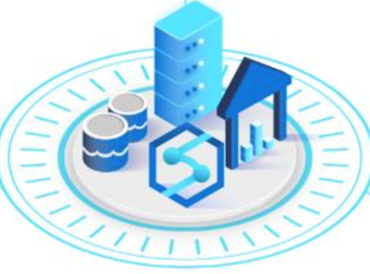“Serverless” Lessons Learned
I’ve architected and currently implementing a solution that uses Synapse (my last newsletter has the details, plus the architecture diagram). Synapse Serverless is the Microsoft answer to Amazon Athena but instead of using open-source tools like Presto, it’s built on SQL Server. In this project we extract many tables from 1,500 on-prem SQL Server databases and stage them in ADLS.
From there we use Synapse Serverless to virtualize these files as tables that we query with T-SQL to load the source “table” data into a data warehouse hosted in Synapse SQL Pool. I have to tell you that I’m becoming a “serverless” fan.
Here are a few lessons learned from this project:
- Save the files in parquet format in ADLS. Parquet can be compressed. It’s columnar based, it’s much faster to query. Serverless automatically creates statistics for parquet files on the first query and each time it detects changes.
- Less files result in better ETL performance – We compared the results of querying a virtual table that is based on 1,500 files (one file per database) vs. a single file (by sending a T-SQL SELECT…UNION ALL SELECT query) that combines the data from all databases for that table. The single file outperforms the many files by far. First, the ETL process is a way faster because ADF doesn’t have to queue each copy activity. So, even if the file is small and takes a few seconds to copy over, time quickly adds up so you might find that you have to scale up your ADF self-hosted runtime and increase parallelism in ADF loops. For example, uploading all these files would take an hour vs. 40 seconds for a single file.
- Less files results in better query performance – We observed similar results when querying a virtual table in Synapse Serverless. In the case where the table was virtualized on top of many files, it took about 15 seconds to count the rows in the table and even longer to execute a single WHERE clause. By contrast, a virtual table on top of a single file was almost instantaneous.
- Don’t be afraid of schema differences – The chances are that different databases may have slightly different schemas, such as data types mismatch or extra columns exist in some tables. A great feature of Synapse Serverless is that the columns of the virtual table are the superset of all possible columns in the source. If a file doesn’t include a column, an empty column is returned.
To make my joy complete, I hope at some point Microsoft would support native integration between SQL Pool and Serverless so we don’t copy the data over. Although SQL Server-based, currently SQL Pool and Serverless are two separate sources. In our case we had to use ADF to extract data from Synapse Serverless and stage it in the SQL Pool before the final transformation to the data warehouse.





